The Potential Impact of Trump’s Presidency on Chinese Drones: A Complex Intersection of Politics, Technology, and Global Relations
As the 2024 presidential elections wide down, the impact of Donald Trump returning to the White House raises numerous questions about national and international policies, particularly in the realm of technology and defense. One key area of concern is the rapid advancement of Chinese drone technology and its implications for U.S. foreign policy, security, and trade.
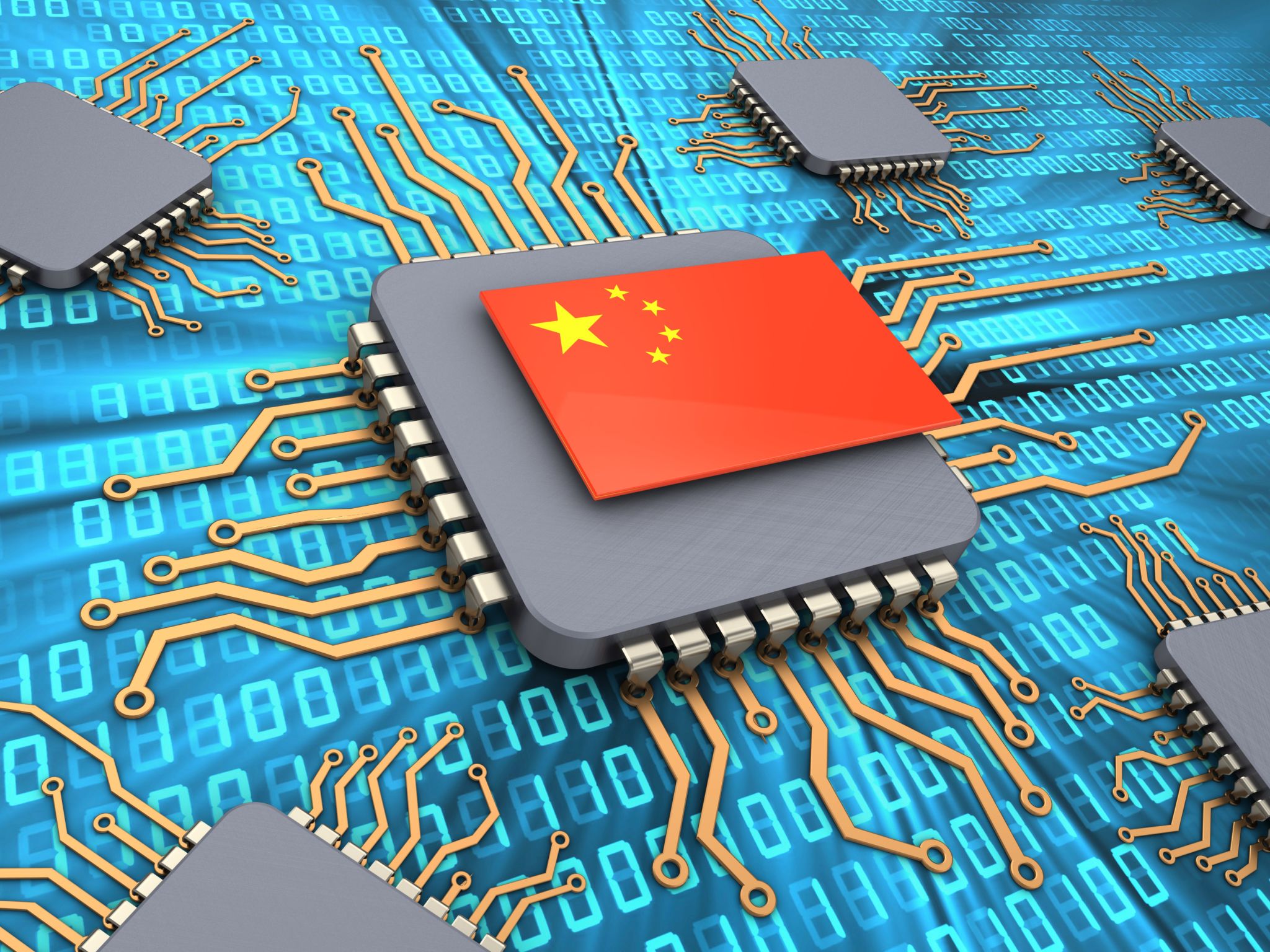
The Rise of Chinese Drone Technology
China has swiftly positioned itself as a global leader in drone technology. With companies like DJI dominating the consumer drone market and increasing investment in military applications, Chinese drones have begun to influence various sectors, from agriculture to surveillance and warfare. This technological edge presents both opportunities and challenges for other nations, especially the United States.
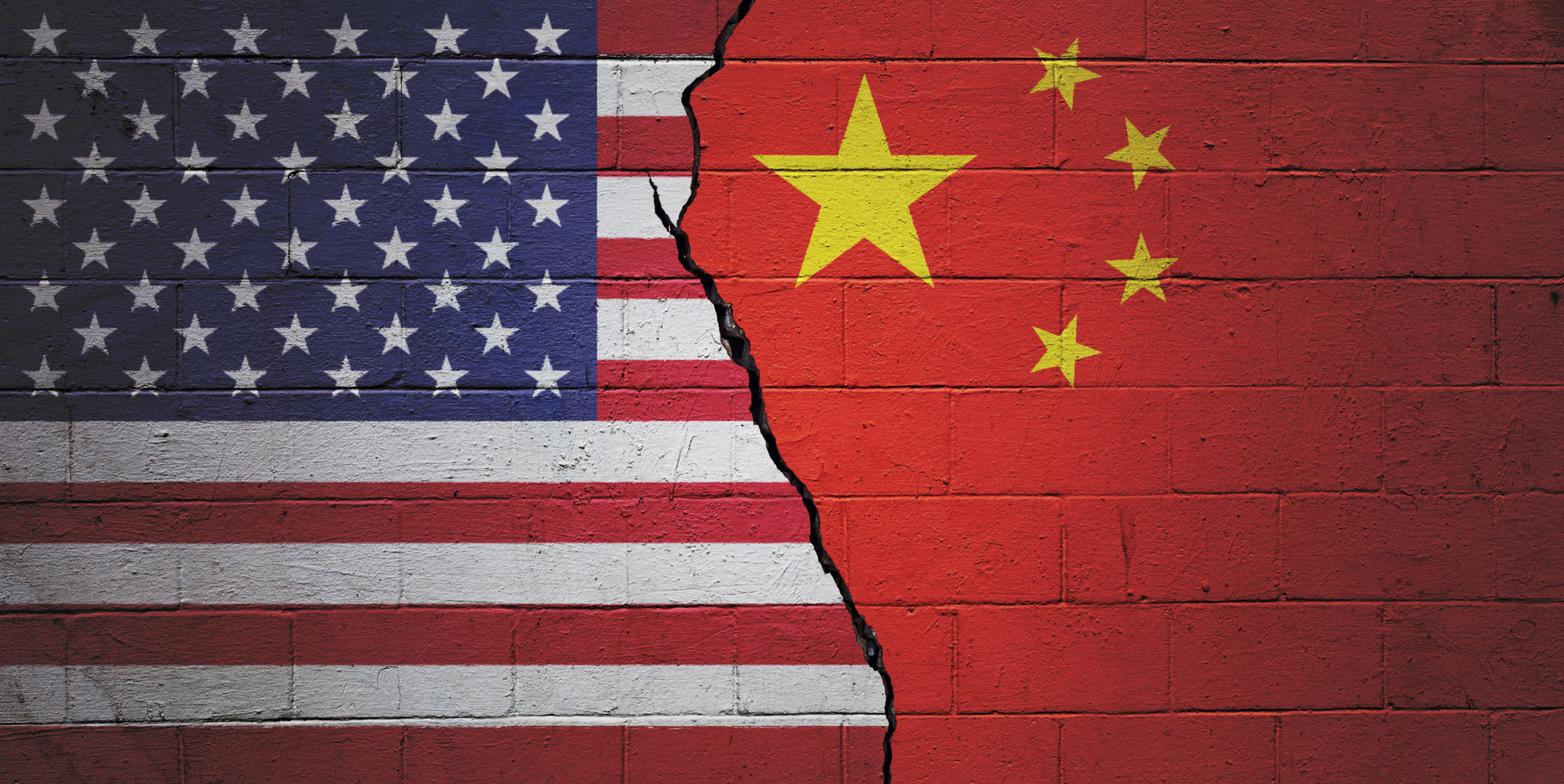
Trump's Approach to China
During his previous presidency, Trump took a confrontational stance toward China, emphasizing tariffs, trade deals, and military posturing. His administration recognized the strategic significance of countering China's technological advances, particularly in defense systems. If Trump were to return to power, his approach could include:
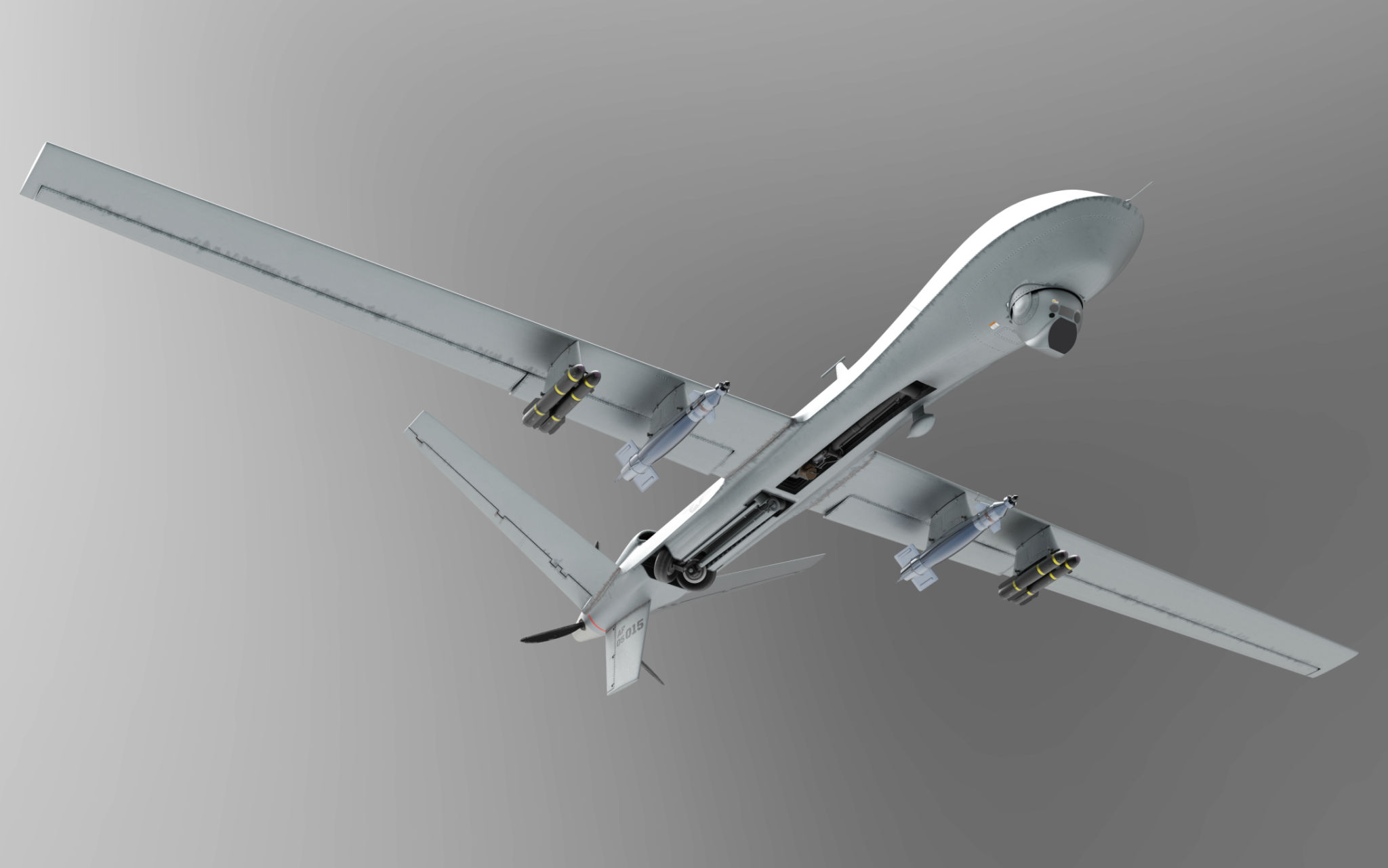
- Increased Military Investment: A Trump presidency may push for greater funding for the U.S. military's drone capabilities, aiming to develop more advanced systems to counter Chinese technology. This could lead to a renewed arms race in unmanned systems.

- Trade Restrictions: Expect potential expansions of restrictions on Chinese tech companies, particularly those involved in drone manufacturing. This could limit U.S. companies' access to Chinese markets while also driving domestic innovation.

- Alliances and Partnerships: Trump could seek to strengthen alliances with countries that are also wary of Chinese drone proliferation, such as India and Japan. Collaborative defense initiatives, including shared drone technologies and joint military exercises, could emerge as a priority.
- Increased Military Investment: A Trump presidency may push for greater funding for the U.S. military's drone capabilities, aiming to develop more advanced systems to counter Chinese technology. This could lead to a renewed arms race in unmanned systems.
The Implications for Global Stability
Trump’s approach towards Chinese drone technology could have several implications:
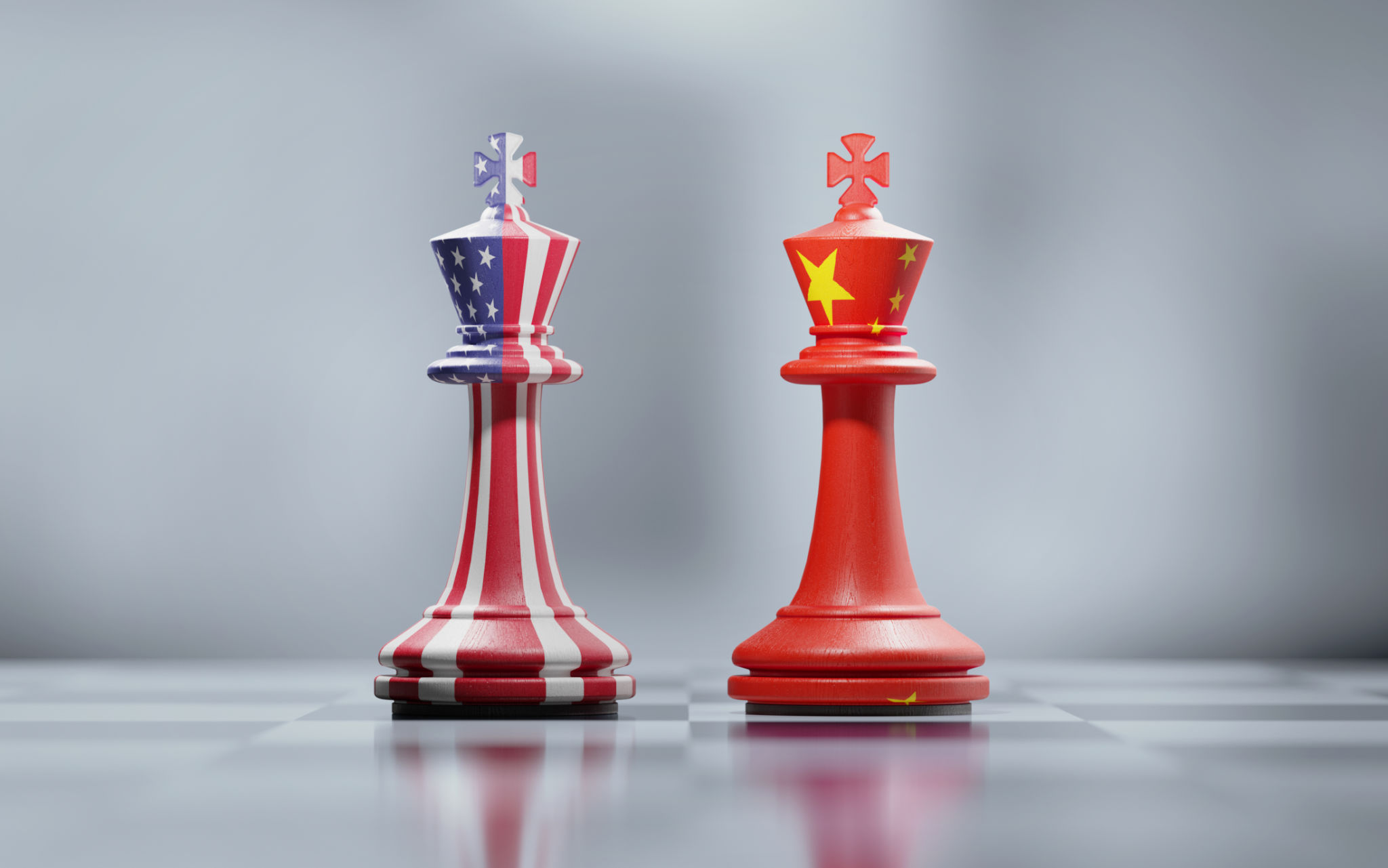
- Escalation of Tensions: Increased military spending and aggressive trade policies might exacerbate tensions between the U.S. and China, leading to a more competitive, and potentially adversarial, relationship. This could jeopardize global stability, particularly in the Asia-Pacific region.

- Innovation and Regulation: Domestically, a focus on countering Chinese drone capabilities could spur innovation within the U.S. tech industry. However, it could also lead to calls for stricter regulations on drone usage, especially concerning privacy and security.
- Disruption of Supply Chains: The ongoing trade war and potential further restrictions could disrupt global supply chains, particularly for drone components and technology. This might accelerate a push for domestic production but could also raise costs and limit access to advanced technologies.
- Escalation of Tensions: Increased military spending and aggressive trade policies might exacerbate tensions between the U.S. and China, leading to a more competitive, and potentially adversarial, relationship. This could jeopardize global stability, particularly in the Asia-Pacific region.
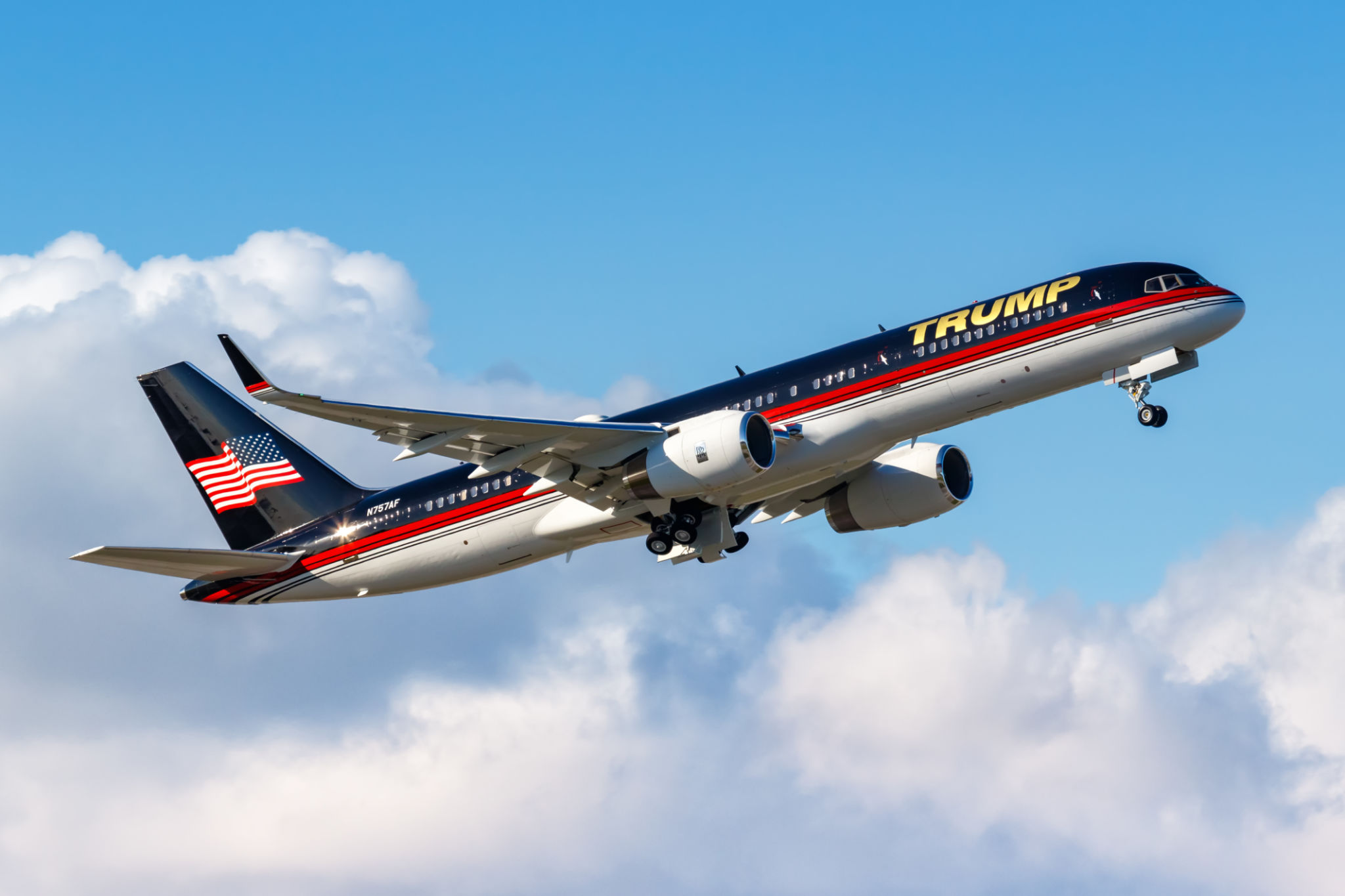
Conclusion
The intersection of the next Trump presidency and the rise of Chinese drone technology represents a complex interplay of competition, innovation, and international relations. As the political landscape evolves, the U.S. will need to navigate these challenges strategically, balancing defense concerns with the need for global cooperation and technological advancement. The choices made in this arena will undoubtedly shape the future of U.S.-China relations and influence the global landscape for years to come.

